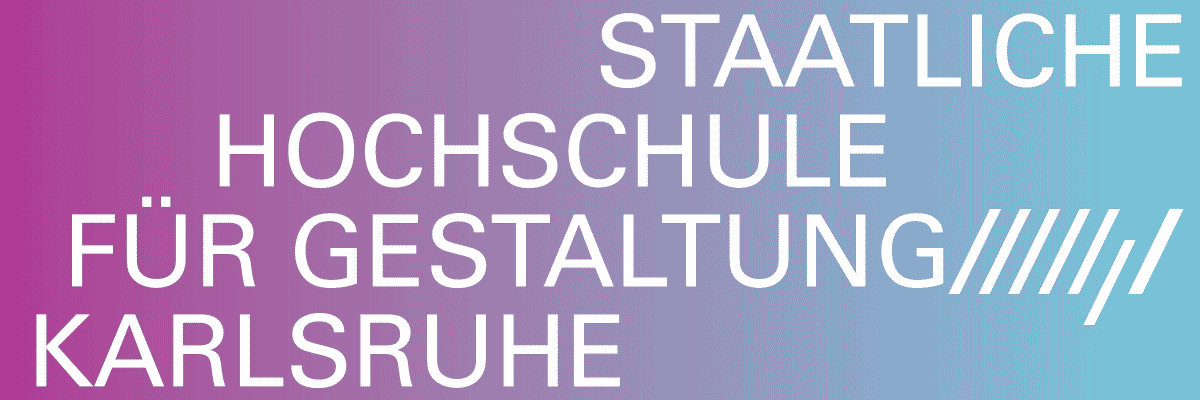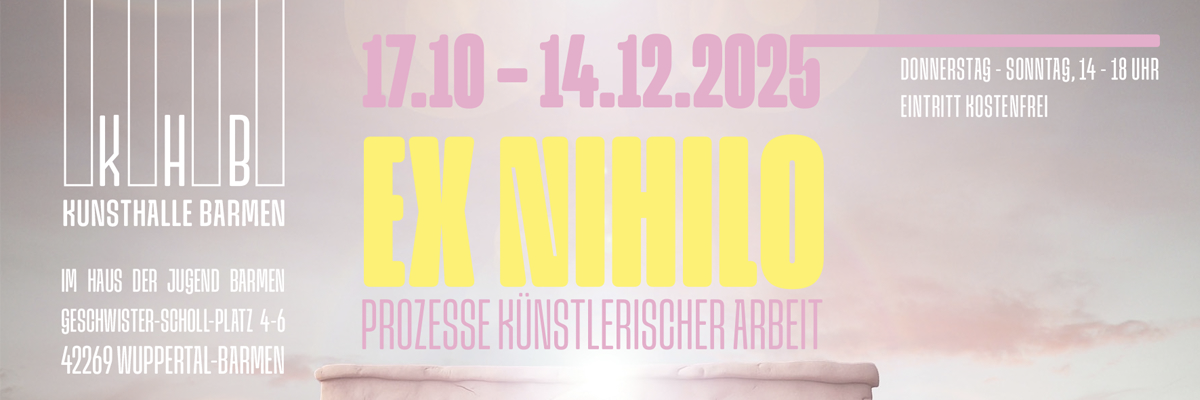
Michael E. Smith
Michael E. Smith X Paper
Project Info
- 💙 KOW Berlin
- 🖤 Michael E. Smith
- 💜 Alexander Koch (translated by Gerrit Jackson)
- 💛 Ladislav Zajac
Share on

Michael E. Smith, 'Untitled', 2010, courtesy of the artist and KOW, Berlin.
Advertisement

Michael E. Smith, 'Untitled', 2008, courtesy of the artist and KOW, Berlin.

Michael E. Smith, 'Untitled', 2011, installation view at KOW, 2025, courtesy of the artist and KOW, Berlin, photo: Ladislav Zajac.

Michael E. Smith, 'Untitled', 2025, installation view at KOW, 2025, courtesy of the artist and KOW, Berlin, photo: Ladislav Zajac.

Michael E. Smith, 'Untitled', 2025, installation view at KOW, 2025, courtesy of the artist and KOW, Berlin, photo: Ladislav Zajac.

Michael E. Smith, 'Untitled', 2013, and 'Untitled', 2025, installation view at KOW, 2025, courtesy of the artist and KOW, Berlin, photo: Ladislav Zajac.

Michael E. Smith, 'Untitled', 2009, 'Untitled', 2010, 'Untitled', 2008, installation view at KOW, 2025, courtesy of the artist and KOW, Berlin, photo: Ladislav Zajac.

Michael E. Smith, 'Untitled', 2012, installation view at KOW, 2025, courtesy of the artist and KOW, Berlin, photo: Ladislav Zajac.

Michael E. Smith, Michael E. Smith x paper, installation view at KOW, 2025, courtesy of the artist and KOW, Berlin, photo: Ladislav Zajac.

Michael E. Smith, 'Untitled', 2011, courtesy of the artist and KOW, Berlin.

Michael E. Smith, 'Untitled', 2008, 'Untitled', 2013, 'Untitled', 2013, installation view at KOW, 2025, courtesy of the artist and KOW, Berlin, photo: Ladislav Zajac.

Michael E. Smith, 'Untitled', 2013, courtesy of the artist and KOW, Berlin.

Michael E. Smith, 'Untitled', 2013, courtesy of the artist and KOW, Berlin.

Michael E. Smith, 'Untitled', 2011, and 'Untitled', 2011, installation view at KOW, 2025, courtesy of the artist and KOW, Berlin, photo: Ladislav Zajac.

Michael E. Smith, 'Untitled', 2008, courtesy of the artist and KOW, Berlin.

Michael E. Smith, 'Untitled', 2012, courtesy of the artist and KOW, Berlin.
Michael E. Smith is noted as a sculptor. Since his first exhibition with KOW in 2009, his debut show outside his native Detroit, Smith’s work has been widely displayed and discussed in numerous countries. Now we present the first-ever exhibition dedicated entirely to works on paper by the artist, who was born in 1977 and now lives in Providence (RI).
Viewers familiar with his sculptural oeuvre know: Smith displaces subjectivity from the world of humans onto the world of things. Creative articulation, expression—these are the wrong categories for his work. Smith’s art “takes place.” It is factual. In that regard, it builds on traditions like minimalism and Arte Povera, though it stakes out a very different position. A wasps’ nest beneath a plastic chair, two armchairs on stairs, a folded sweater on the floor, those are Smith’s characteristic gestures and forms.
The critical discussion of his work has underscored that he is an annalist of sorts, translating the disintegration of human community into a language of objects that deeply moves us beholders. Moves us because Smith’s “things,” in all their dry and impersonal materiality, seem to embody more empathy and affection than the social world around them can still muster.
So then to what one might briskly call drawings—yet the label is misleading. Smith is a sculptor also when he works on, and with, paper. Not to make preparatory sketches for sculptures. His works on paper—and cardboard, plastic film, etc.—do what his objects and gestures in three dimensions do as well: they take place in the material. They do so in a way that is occasionally grounded in the artist’s drawing hand but more usually in an abstract plastic engagement with surface and material. And often in the use of black.
Buckling, spatter and scratches, lacquer and asphalt, cuts and torn surfaces: terms like these approximate the works in the exhibition. Meanwhile, the beholder should also be prepared for clownish and absurd, indeed surreal moments. Because—the phenomenon is familiar from Rorschach tests and cloud formations—structures that are entirely owed to physical matter trigger our inclination to ascribe symbolism and meaning to them. But which ones?
In the final analysis, Smith’s works on and with paper are perhaps about seeing structures as though they applied to ourselves, as if they were happening to us. Being objects of an alien rather than their own praxis: for things, that is normal. For most humans, however, it is a terrifying notion. It typically entails suffering. Not taking action oneself yet feeling the consequences of an action that is taken, being bent or broken, losing a part of one, being overlaid by something, being torn or being a tear oneself: that is what Smith offers us.
With every year that passes, Michael E. Smith’s work becomes a better fit for our time. He captures its essence by foregrounding, in a post-factual atmosphere, the factual, by understanding and acknowledging our fragile situation and letting the physical material bear witness to it. Even, or especially, when that material is paper-thin.
Alexander Koch (translated by Gerrit Jackson)




